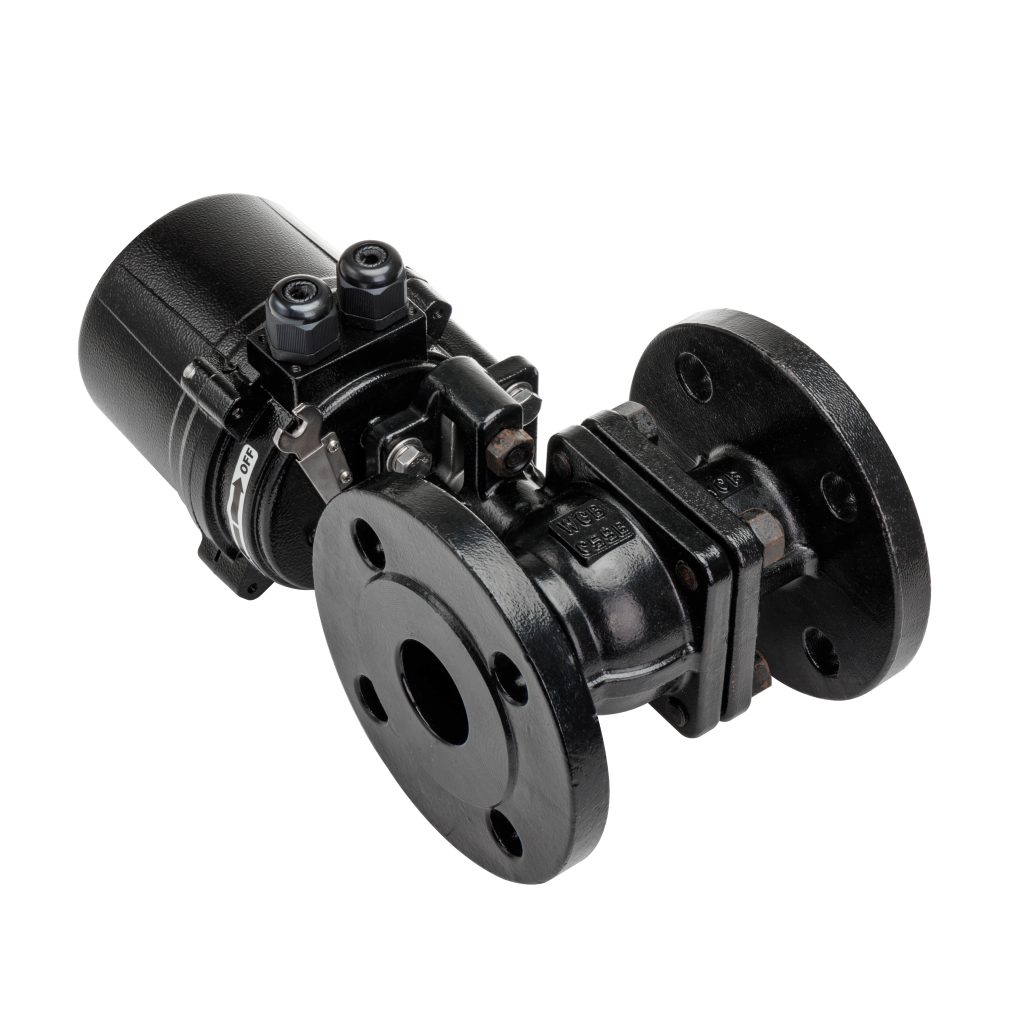Electric high temperature ball valves are essential components in various industrial applications, particularly in processes involving high temperatures and pressures. These valves are designed to control the flow of liquids and gases in piping systems while ensuring optimal performance, safety, and reliability. This article delves into the features, advantages, and applications of electric high temperature ball valves, highlighting their significance in modern industries.

What is an Electric High Temperature Ball Valve?

An electric high temperature ball valve is a type of valve that uses an electric actuator to open or close the valve. Unlike traditional manually operated valves, electric ball valves offer automated control, enabling precise flow regulation without the need for manual intervention. The ball valve’s design features a spherical disc, or ball, with a hole through its center. When the valve is open, the hole aligns with the flow path, allowing fluid to pass through. When closed, the ball turns perpendicular to the flow, effectively blocking it. These valves are specifically engineered to withstand high temperatures, often exceeding 200 degrees Celsius (392 degrees Fahrenheit). They are typically constructed from durable materials such as stainless steel or other high-performance alloys, ensuring their reliability in extreme conditions.
